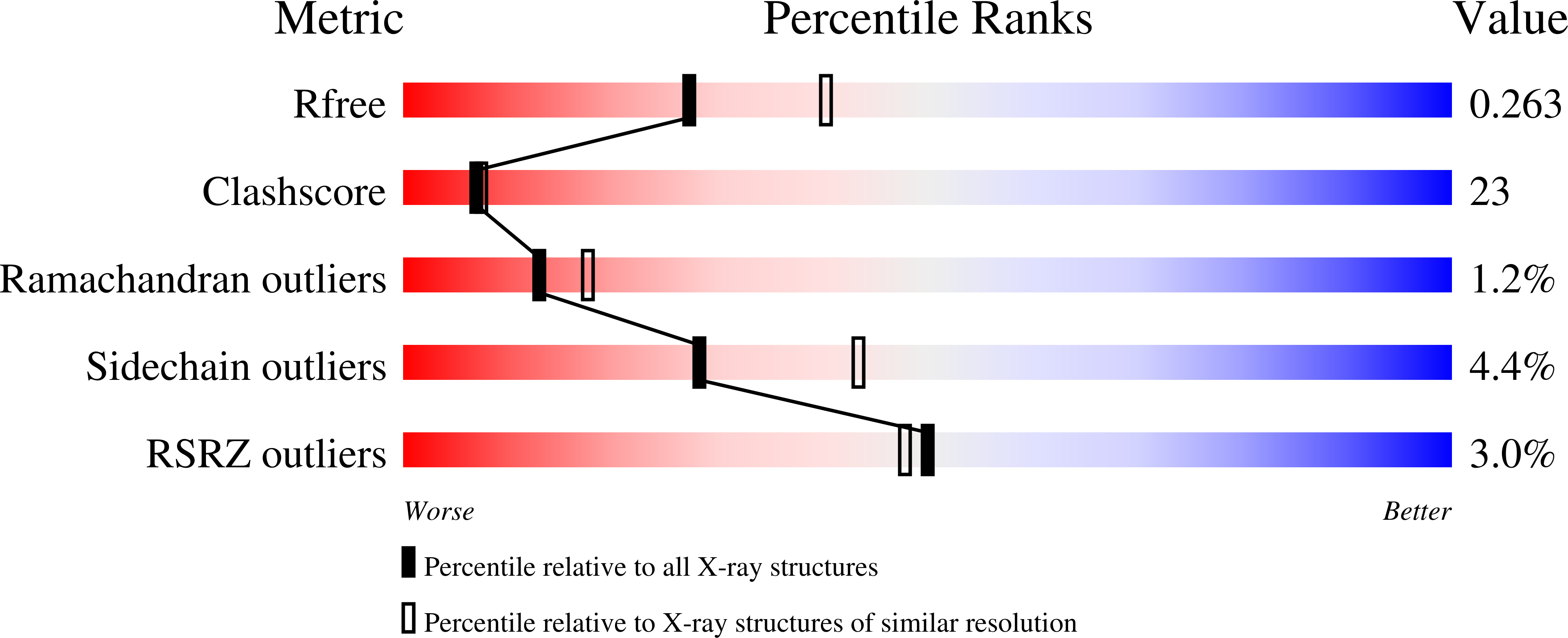
Deposition Date
2007-06-07
Release Date
2008-05-20
Last Version Date
2023-08-30
Entry Detail
PDB ID:
2Q7T
Keywords:
Title:
Crystal Structure of the F plasmid TraI Relaxase Domain with the Scissile Thymidine Base
Biological Source:
Source Organism:
Escherichia coli (Taxon ID: )
Host Organism:
Method Details:
Experimental Method:
Resolution:
2.42 Å
R-Value Free:
0.27
R-Value Work:
0.21
R-Value Observed:
0.21
Space Group:
P 21 21 21


